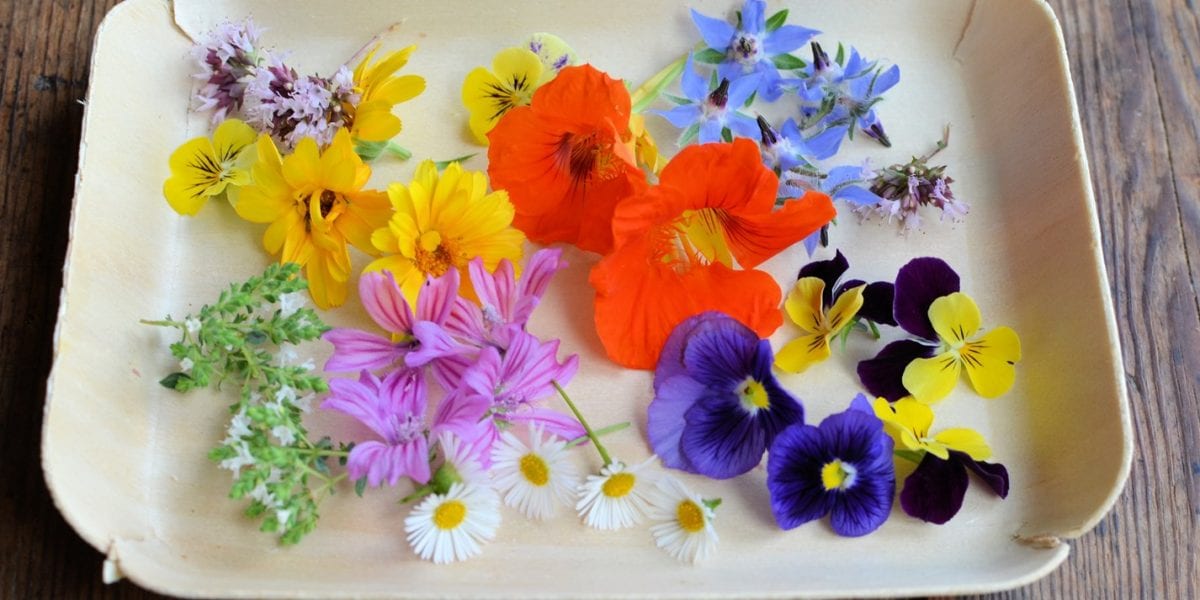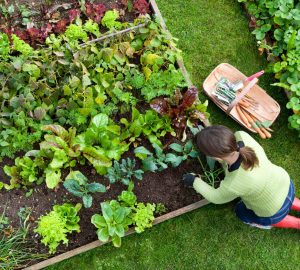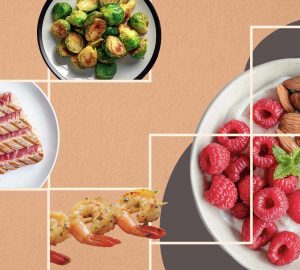Spring has sprung, and so have the flowers. Although you’re excited to open the windows and feel the breeze, you may not think to pick flowers to put in your tacos, ice cream, or cocktails. Don’t be intimated to use flowers as an ingredient! After you try the following snacks, your stomach may start to growl at the sight of these yummy, incredibly tasty blossoms.
Calendula
Did you know that some flowers are safe to eat, and they’re not only delicious but also healthy? The calendula, or the pot marigold, is one of those florals. Although they do taste a little bitter, the pedals are ideal for coloring a dish. cook them with eggs for their beneficial properties, such as a healthy dose of antioxidants, its antifungal properties, and a glowing complexion.
Pansies
Similar to the viola, pansies grow in the sun or the shade and are even able to grow when it’s chilly outside. Pansies are used as a garnish rather than an active ingredient. They look pretty on top of cakes or baked in cookies, but if you dip them in egg whites and put sugar on top, they taste just like candy. You can often find pansies of all colors floating in a martini glass.
Borage
The tall borage flower can grow up to three feet. Its refreshing taste is an excellent garnish for salads and drinks, but don’t dry them, or they’ll lose their luster. Just like pansies, borage petals work great when candied and look incredible on cakes or cookies. The borage tastes a bit watery and similar to cucumbers, so add them to an ice-cold drink on a summer day for color.
Hibiscus
A common but exotic Mother’s Day bouquet staple, the hibiscus is the national symbol of Haiti and is considered a gourmet snack in Mexico. Hibiscus is more often used in teas than anything else, but you can eat the part under the flower to enjoy a delightful, cranberry-like taste. If you want a wonderful garnish for desserts, like pies, cookies, and desserts, choose the hibiscus!
Coriander Flowers
While it’s true that coriander is a herb, most people only eat the seeds and leaves. Also called Chinese parsley or cilantro, the entire plant is edible, including the white flowers that grow in clusters. Coriander flowers taste similar to cilantro but with a hint of spice. Eat them by themselves, or put them on smoked salmon, cream cheese, or on top of crackers with caviar.
Radish Blossoms
Radish blossoms are flowers that are best served in salads or on top of seafood or meat dishes. Grown on the radish plant, they aren’t a typical snack but have a lot of versatility. The blossoms on the radish are surprisingly tasty because they taste like radishes but won’t overpower a simpler dish. You can put radish blossoms on toast with avocado instead of the vegetable.
Carnations (Petals Only)
Carnations are a beautiful flower that isn’t known to be editable, but that’s because it isn’t real. However, the petals on carnations are perfect decorations for cookies, cakes, and pies for their slightly sweet flavor. You can candy carnations by steeping them in vodka or wine, but they taste better in deserts. Avoid pairing carnations with anything savory, or it might sour your tastebuds.
Nasturtium
Nasturtium flowers aren’t easy to grow, but when they do reach their maximum height of 12-inches, they can be cultivated for their spicy mustard flavor. Nasturtium syrup is used in cocktails, but if you want to add a bit of kick to hot sauce or tacos, put some of this flower inside. These flowers look great on top of fancy drinks or when they’re frozen inside ice cubes.
Arugula Blossoms
You’ve likely heard of arugula or the leafy, bitty filler for plenty of restaurant salads. Arugula blossoms don’t taste as bitter as the leaves, so they can often taste more flavorful in salads. Add these flowers to any drab salad because they are typically bright orange or yellow. Plenty of chefs and fancy restaurants prefer working with the blossoms instead of the leaves.








